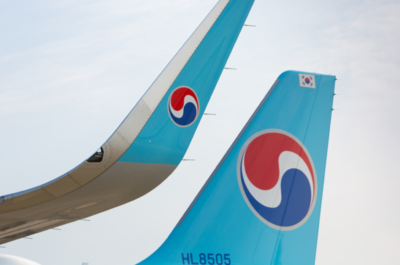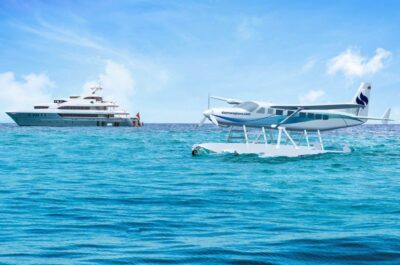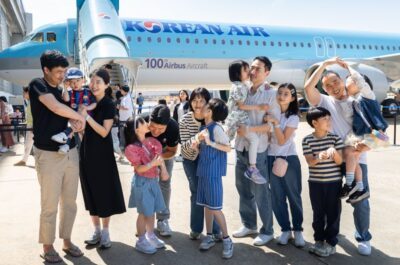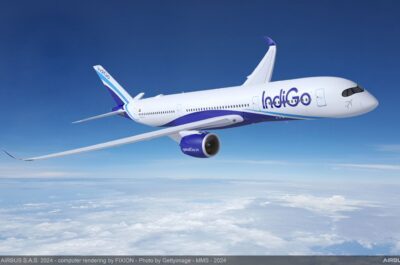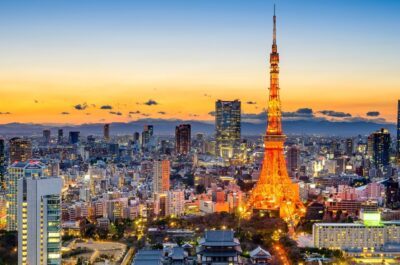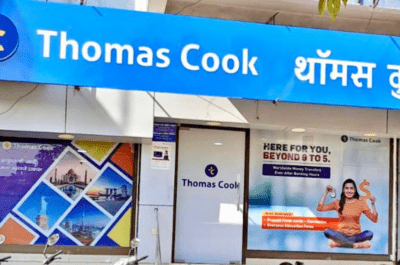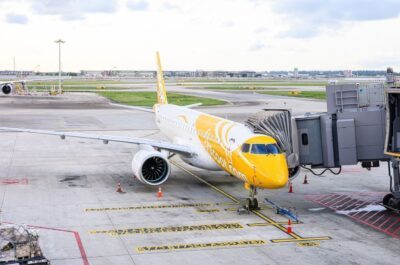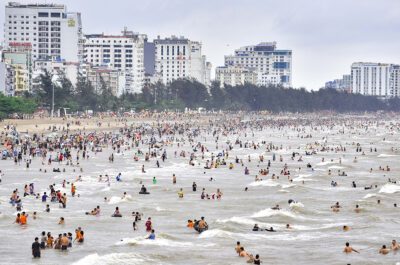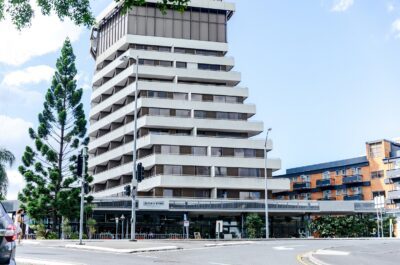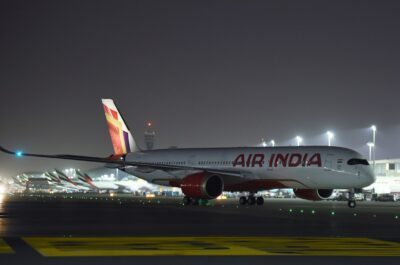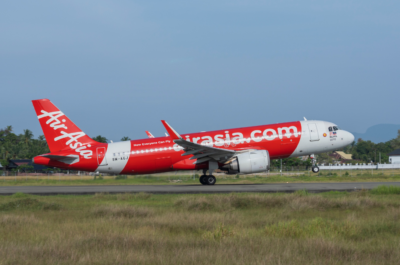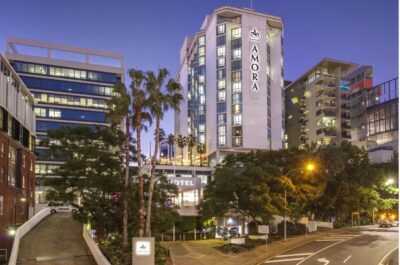Travel and tourism arrivals across the Asia Pacific region expanded 5.4% in the second quarter of 2006 compared to second quarter 2005, according to a Pacific Asia Travel Association (PATA) report. That translates into…
Travel and tourism arrivals across the Asia Pacific region expanded 5.4% in the second quarter of 2006 compared to second quarter 2005, according to a Pacific Asia Travel Association (PATA) report. That translates into nearly 3.5 million more arrivals for Asia Pacific destinations for that quarter, year-on-year.
PATA`s Second Quarter 2006 Quarterly Statistical Report (QSR), a comprehensive and comparative listing of destination performance, shows which Asia Pacific destinations attracted the most increases in international visitor arrivals and from which source markets.
PATA`s five sub-regions all showed positive gains for second quarter 2006 compared with second quarter 2005:
- South Asia (+18.6%)
- Southeast Asia (+8.3%)
- Northeast Asia (+5.4%)
- The Americas (+3.7%)
- The Pacific (+2.6%)
PATA Director-Strategic Intelligence Centre Mr John Koldowski said: Second quarter 2005 continued to be a struggle for some South and Southeast Asia destinations, which is reflected in the strong gains throughout 2006.
For both sub-regions, 2006 was an important bounce-back year for travel and tourism, which was affected sharply by travellers` perceptions in the wake of the December 26, 2004 Indian Ocean quake and tsunami and subsequent aftershocks.
The top five origin-destination % growth performances for second quarter 2006 compared to second quarter 2005, (where passenger traffic was 25,000 or more) were:
- Philippines to Macau SAR (+106.8%)
- Malaysia to Macau SAR (+95.9%)
- Bolivia to Chile (+59.4%)
- Mexico to USA (+52.5%)
- China (PRC) to Thailand (+52.0%)
Macau`s 2006 arrivals figures up to October are very strong, said Mr Koldowski. Much of the 16% growth for the first 10 months did indeed come from Southeast Asian markets, such as Philippines and Malaysia, whose travellers came to Macau for employment, MICE and leisure.
In purely % growth terms, irrespective of volume, top five origin-destination growth performances for second quarter 2006 compared to second quarter 2005, were:
- Korea (ROK) to Palau (+4,214.7%)
- Tunisia to Chile (+2,350.0%)
- Indonesia to Bhutan (+2,200.0%)
- St. Lucia to Chile (+2,075.0%)
- Vietnam to Bhutan (+1,200.0%)
The large percentage increases were due to very small bases. Only 75 Koreans travelled to Palau in second quarter 2005. However, 3,236 travelled there over the same period a year later.
Palau enjoyed greater connectivity to important source markets in 2006, thanks to carriers such as PATA member Asiana Airlines, which now operates two scheduled flights per week between Seoul and Koror, said Mr Koldowski.
Chile and Bhutan both attracted single-digit arrivals numbers from the respective origin markets in second quarter 2005, growing to double-digit arrivals numbers in second quarter 2006.
The top five origin-destination pairs with the greatest volume gains in second quarter 2006 over second quarter 2005 were:
- Hong Kong SAR to China (PRC) (+1,155,931)
- Mexico to USA (+483,946)
- China (PRC) to Macau SAR (+342,125)
- Hong Kong SAR to Macau SAR (+299,922)
- Canada to USA (+278,538)
For travel and tourism players looking for volume, intra-regional flows continue to be most important, especially between neighbours, said Mr Koldowski.
Theodore is the Co-Founder and Managing Editor of TravelDailyNews Media Network; his responsibilities include business development and planning for TravelDailyNews long-term opportunities.








